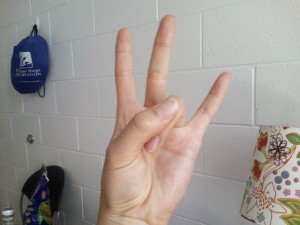Cultural Traditions
When my uncle passed away, my grandma had a tape recorder that played Buddhist chants continuously near the urn containing his ashes.
I asked my dad about why there was chanting at my grandmas home after my uncle passed away. He said that when someone of the Buddhist religion passes away, Buddhist chants are played near the deceaseds remains (such as his/her ashes). These chants are played continuously, for the first forty-nine days or more. The longer the better because the chanting is harmony that helps the soul of the dead keep focused to get ready for the message or messenger from the Western Heaven. The soul needs to be focused in order to receive the message to get the opportunity to get to heaven; otherwise, they will be reincarnated and remain on Earth. The chanting helps the soul make sure they find a home for their eternal happiness. The chanting, which is in an old Buddhist language, consists of the Buddahs name and his different titles.
This folk ritual reflects the Buddhist belief that the soul carries on, even when the body no longer physically functions or exists. Therefore, although the death of a loved one is always hard to deal with, by having the Buddhist chants, it may comfort the family and friends of deceased to know that the deceaseds soul is being taken care of to a better place.


